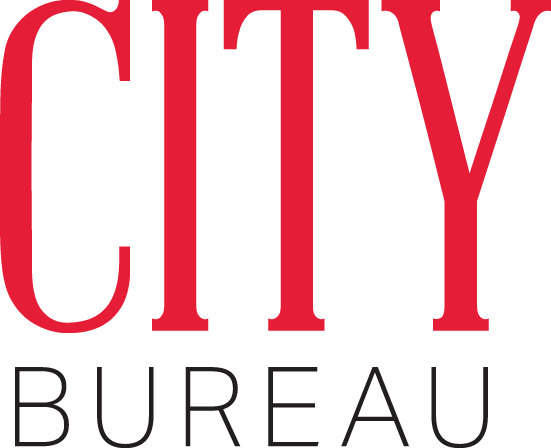Perceptions of price make shoppers hesitant to try new Whole Foods
By Marcie Hill
Photo: Chris Brown
Though Whole Foods opened in Englewood in September, dozens of interviews with local residents reveal that perceptions of the high-end grocery store remain a barrier to accessing fresh produce.
In an attempt to address food deserts in Englewood, Mayor Rahm Emanuel negotiated a $10 million tax incentive to bring Whole Foods Market (832 West 63rd Street) to the South Side neighborhood. This match garnered much discussion as people wondered why this store would come to a low-income community and whether the residents could afford to shop there.
A food desert is a community that lacks access (usually within a one-mile radius) to affordable fresh meat and produce. In low-income communities, affordability might mean that stores should accept food stamps.
“So why do certain neighborhoods have quality grocery stores and other neighborhoods have none or just very few, perhaps one?” said Mari Gallagher, the researcher who popularized the term “food deserts,” in a WBEZ interview. She adds that one reason food deserts exist is that grocery stores “misunderstand the African-American market.”
Photo: Denise Naim
Englewood shoppers cited three main reasons for not shopping at Whole Foods: loyalty to Aldi because of its low prices and longevity in the community; perceptions of high prices at Whole Foods; and the inability to taste the difference between products sold at both stores. Some people didn’t even know the store existed, despite numerous community meetings over the past three years, heavy media coverage, and a grand opening celebration. Very few people expressed an interest in eating organic foods.
Loyalty to Aldi is a major barrier for Whole Foods, which is located just two blocks away. Prior to Whole Food’s arrival, Aldi was the only full-service grocery store, serving 30,000 to 40,000 residents. The store opened on 620 West 63rd Street in October 1991.
Corner stores and mini-markets helped fill this void by selling food, produce, and beverages. Unfortunately, their prices are higher, and the produce selection is limited—if offered at all. At many of these stores, food is an afterthought; wine, liquor, lottery tickets, and cigarettes are their primary products. Produce at corner stores can be scarce, spoiled, or not displayed prominently.
Englewood residents also tend to assume Whole Foods’ prices are higher than those of other shops in the community. A City Bureau analysis showed that, in fact, Whole Foods prices are higher than Aldi’s, but sometimes lower than corner stores.’
The above map documents the locations of Englewood’s grocery stores, Walgreens, corner stores, and mini marts to show the distance residents have to travel for food. Prices of bread, eggs and milk are compared to determine affordability of staple products. City Bureau conducted additional research to find if Walgreens and corner stores sell fruits and vegetables, as well as the quality and prices of these products:
—The price of milk at both Aldi and Whole Foods is $1.99, but eggs, white bread, and wheat bread at Whole Foods cost a dollar more than at Aldi.
—Walgreens, the only drug store in the community (650 West 63rd Street), sells food and produce. Their milk is $3.19, which is more expensive than milk at both grocery stores. Their produce is also much more expensive.
—There are more corner stores than full-service grocery stores in Englewood. Many corner stores sell milk, bread, and eggs. Some offer a limited selection of fruit and vegetables, although the quality of these products is very low compared to full-service grocery stores.
—Of the corner stores City Bureau visited, Jimmy’s Market (503 West 59th Street) had the freshest produce. The store, which is far from its nearest competitor, had recently re-opened in November with produce prominently displayed near the front of the store.
—There are no stores on Garfield between Racine and Wells, the northern border of Englewood, leaving residents in that area with few options. The same is true along Wentworth on the eastern side of the neighborhood.
—In addition to the Whole Foods and Aldi, there are plenty of corner stores on Halsted, in the financial center of Englewood. Similarly, there are plenty of options (at least five open corner stores) on the western border of the neighborhood on Racine.
This report was produced in partnership with the South Side Weekly.





